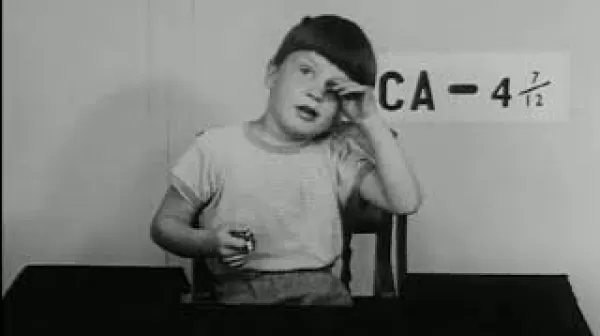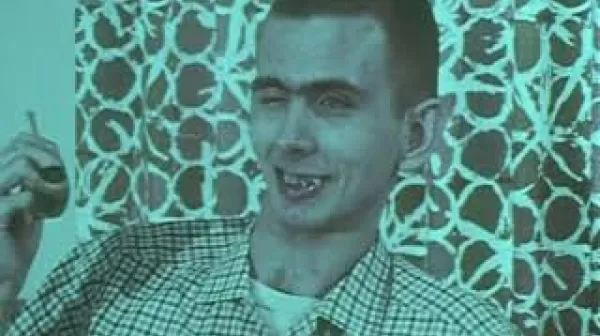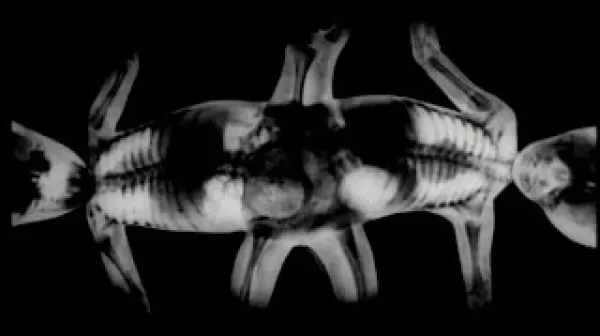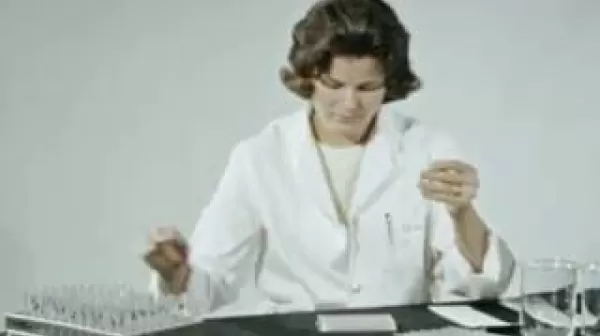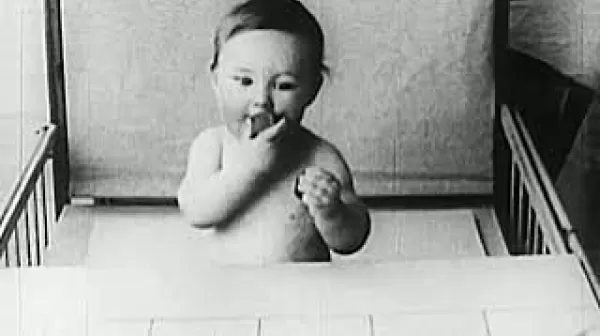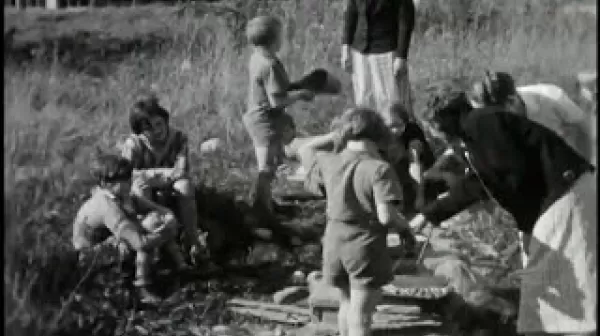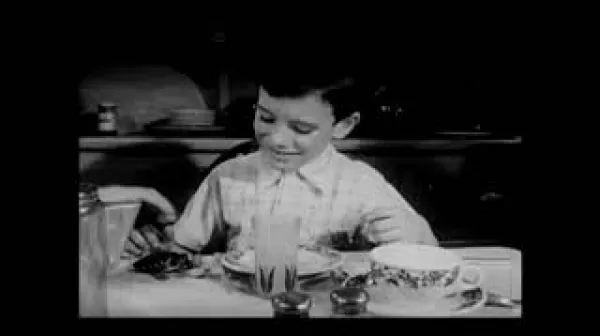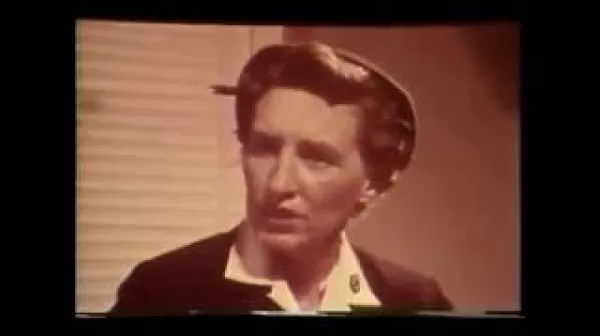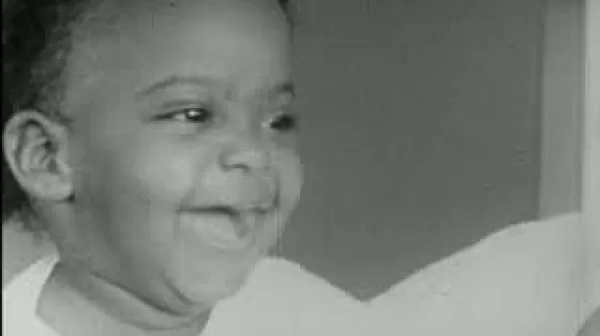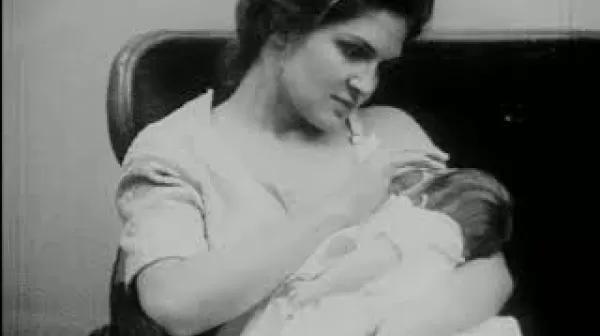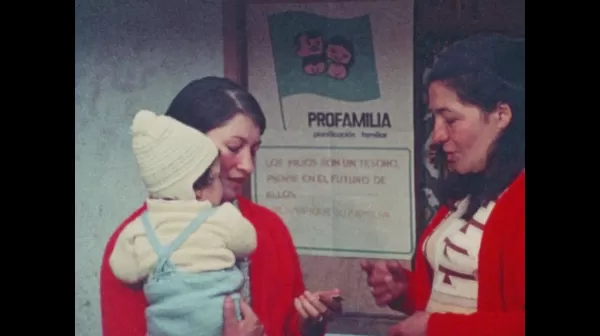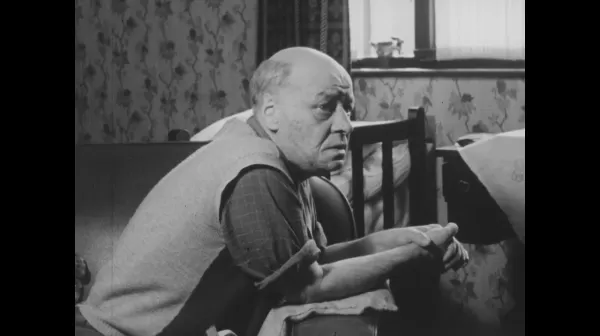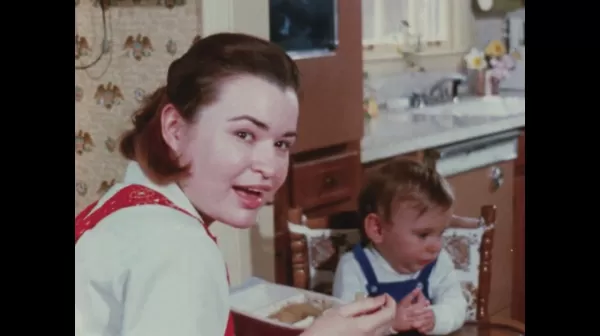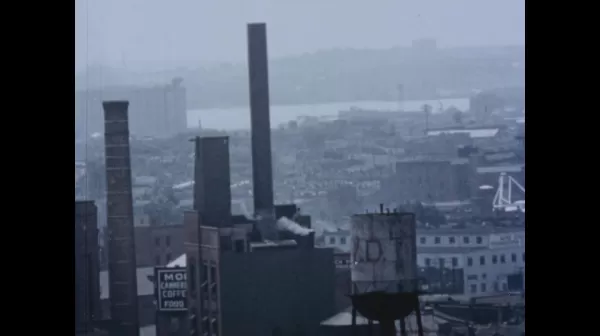Approach to Objects by Psychotic Children (University of London, 1957)
This silent film was shot in Maudsley Hospital, London, and shows children handling various types of objects, placing them in their mouths, and looking around for the objects when they are removed. Apparently in contrast to non-psychotic children, these subjects search for a missing object only in the place where it was located immediately prior to removal--in the child's left hand, for example. Learn more about this film and search its transcript at NLM Digital Collections: http://resource.nlm.nih.gov/9616519.

